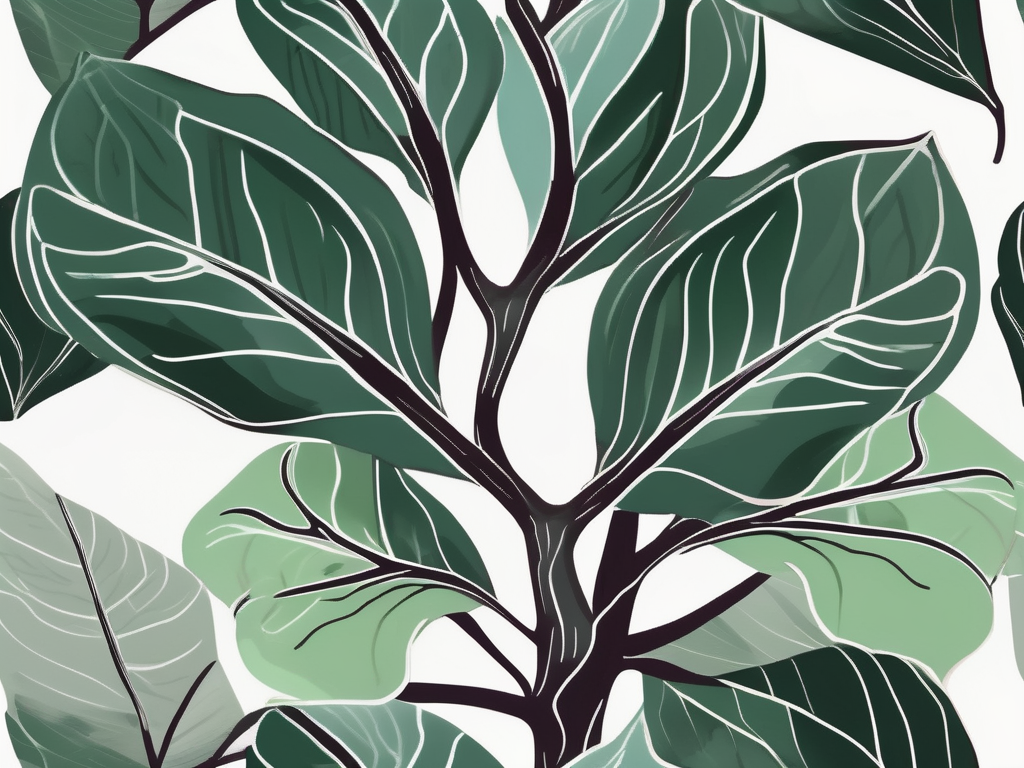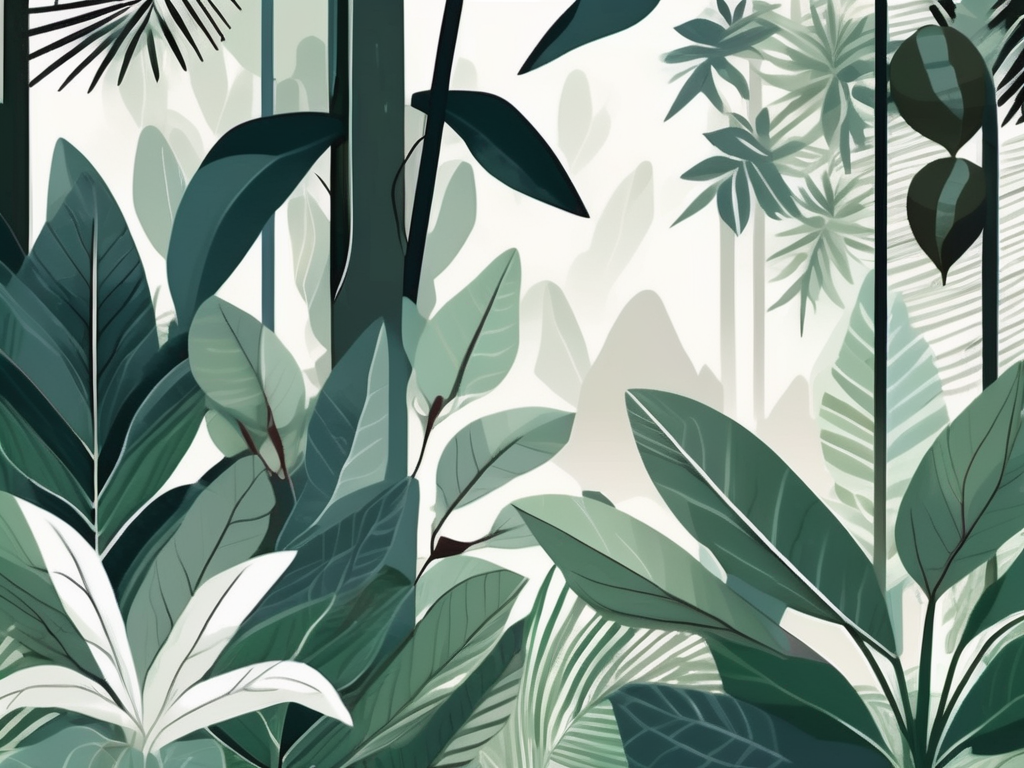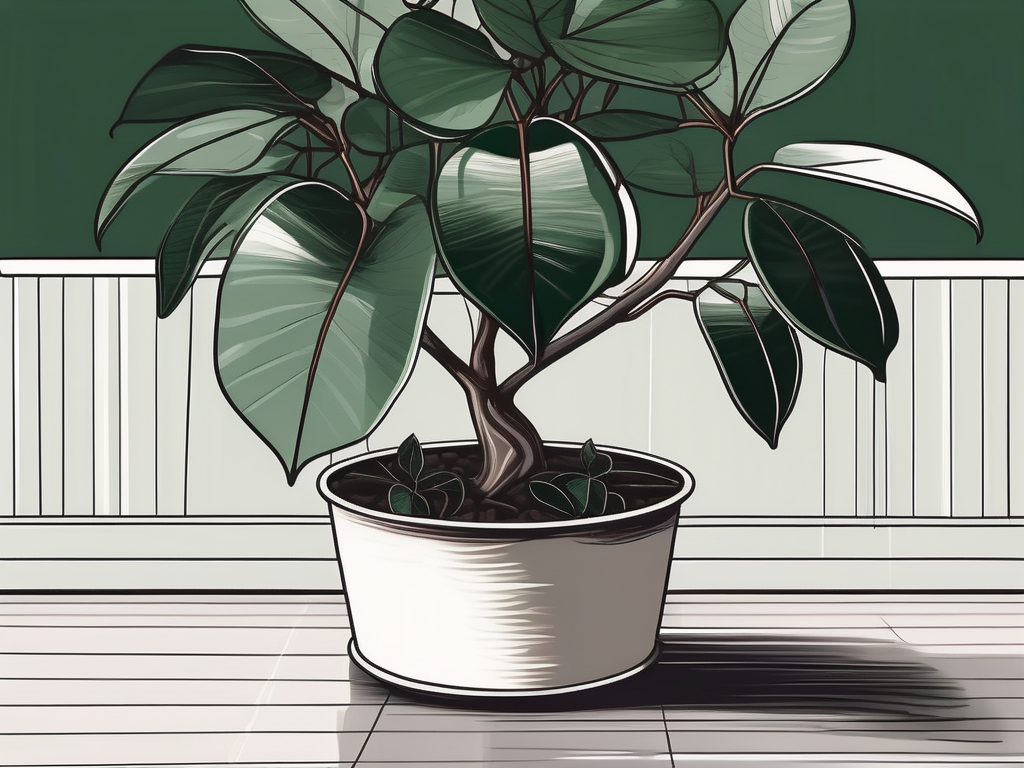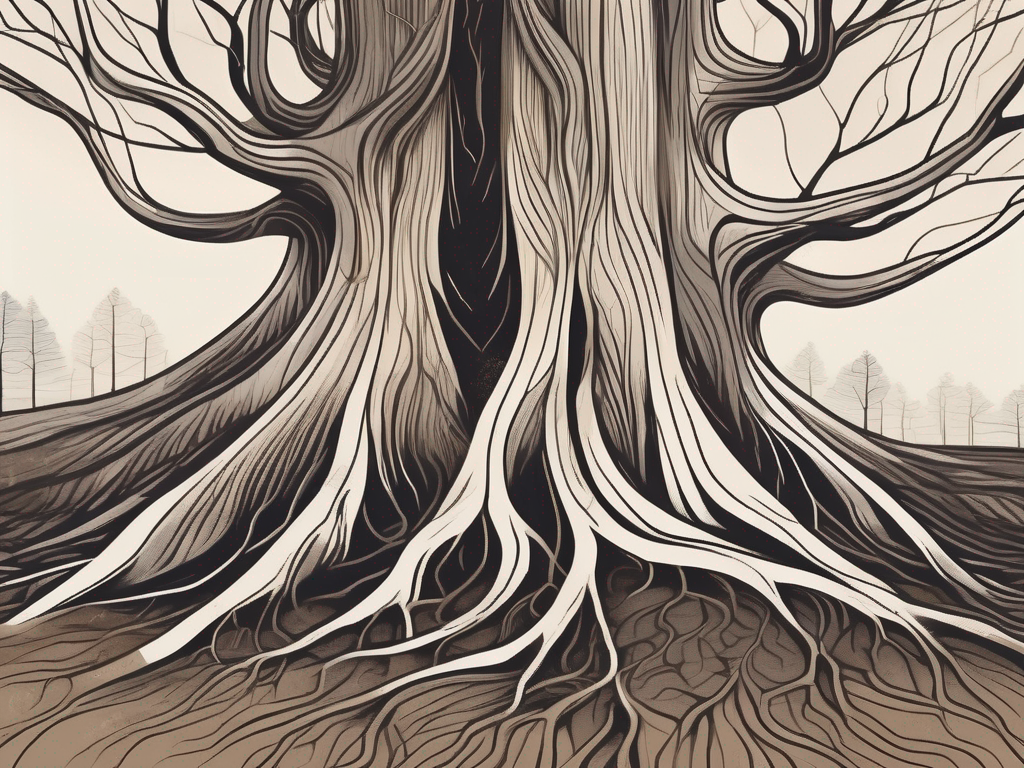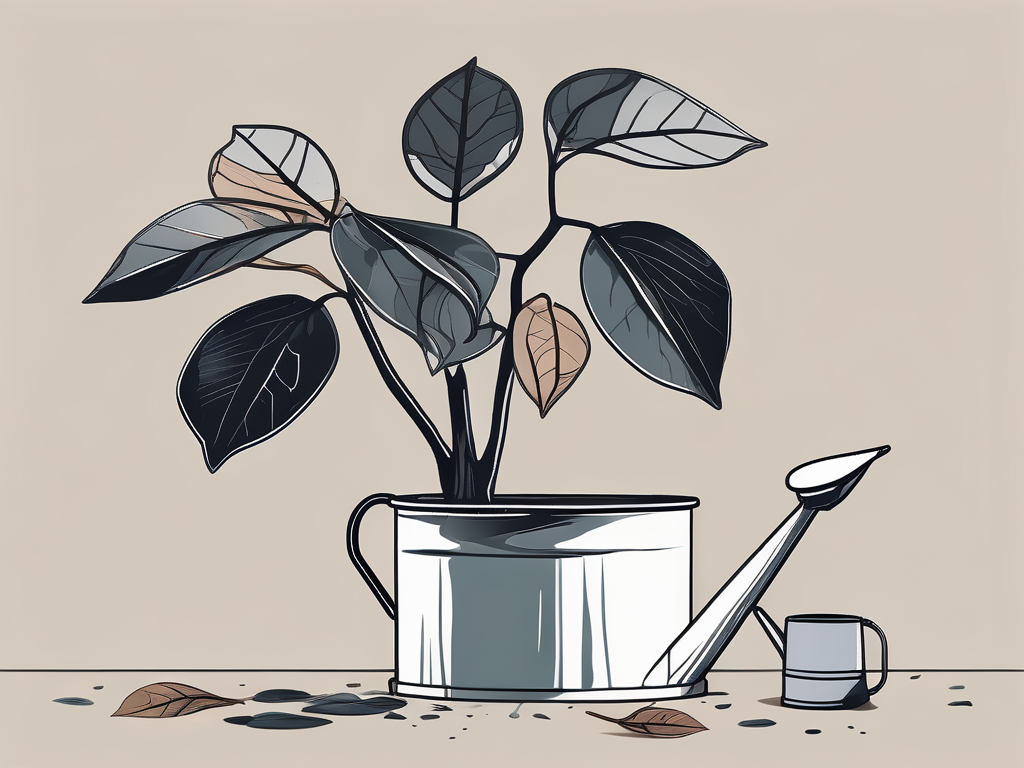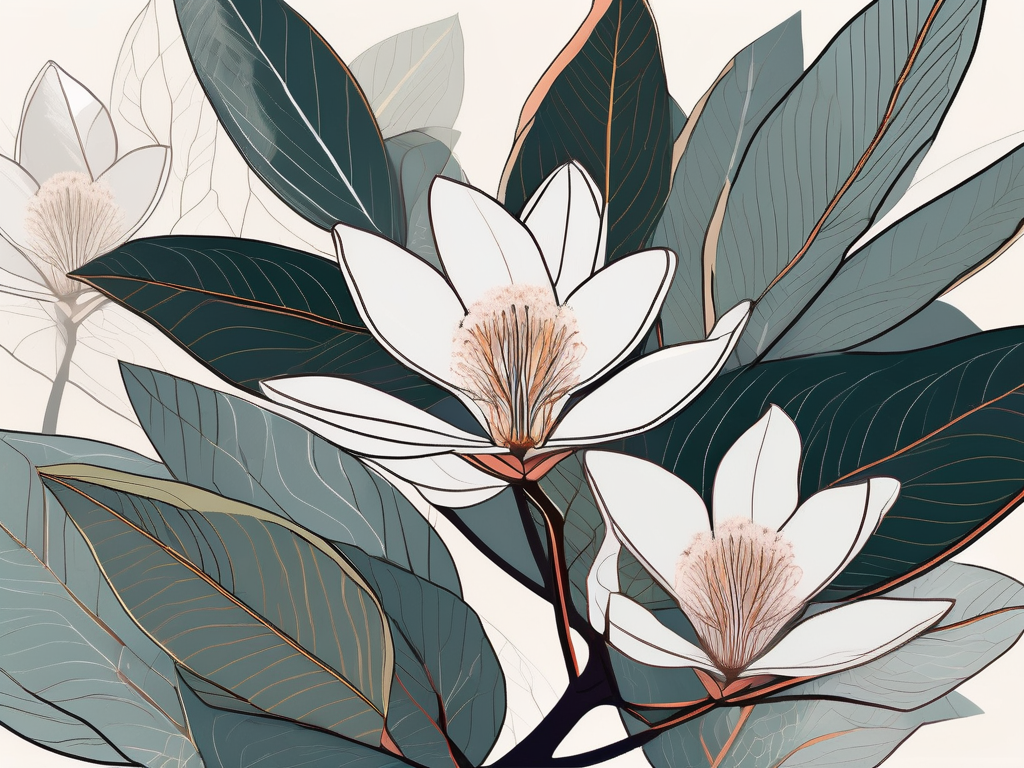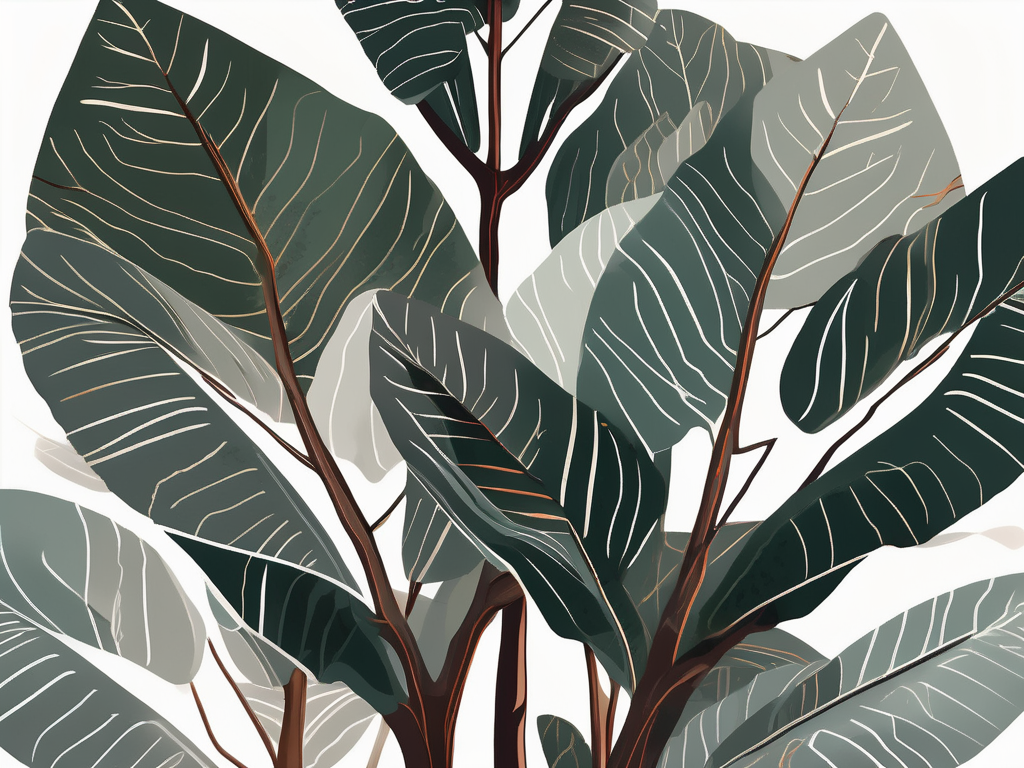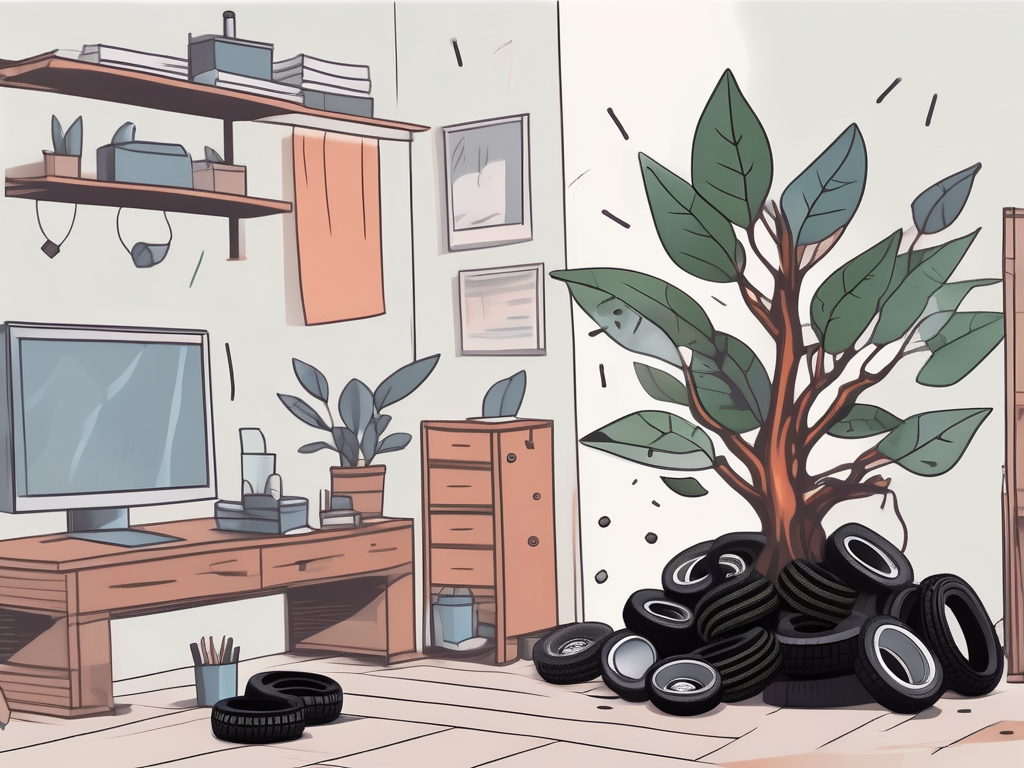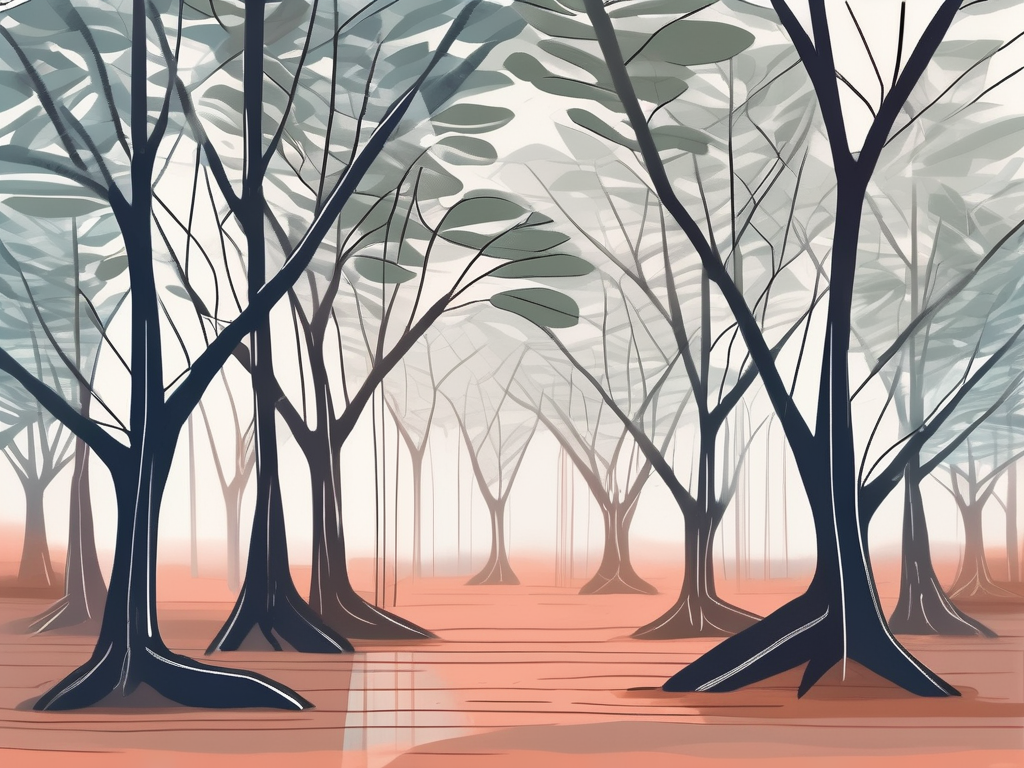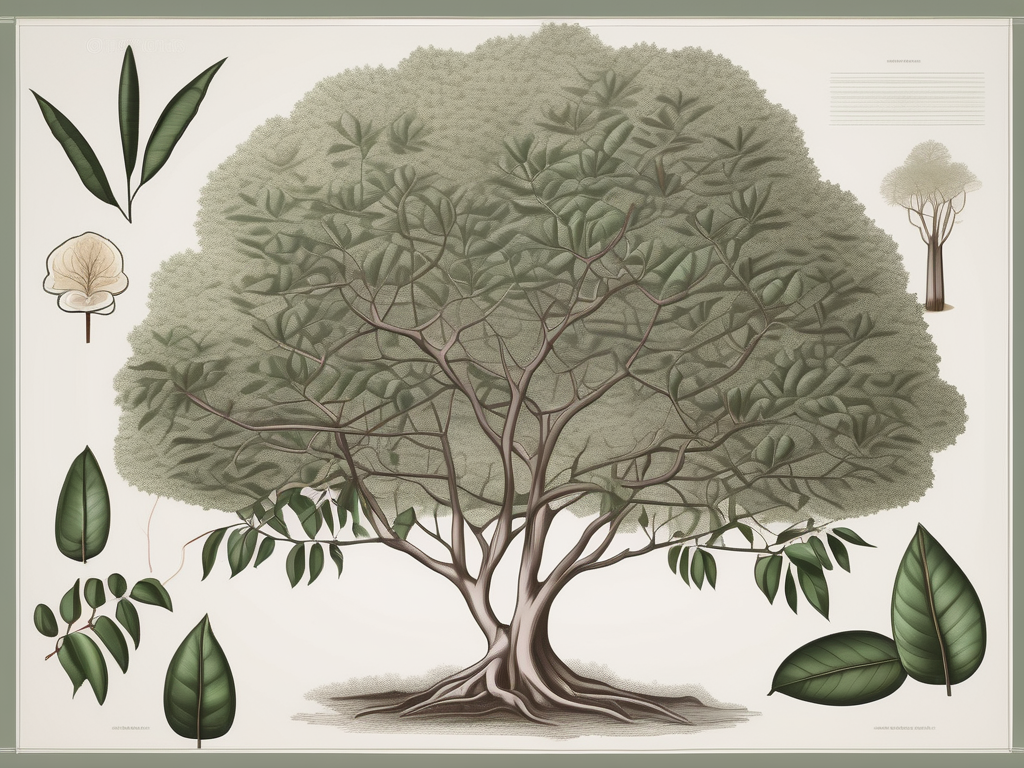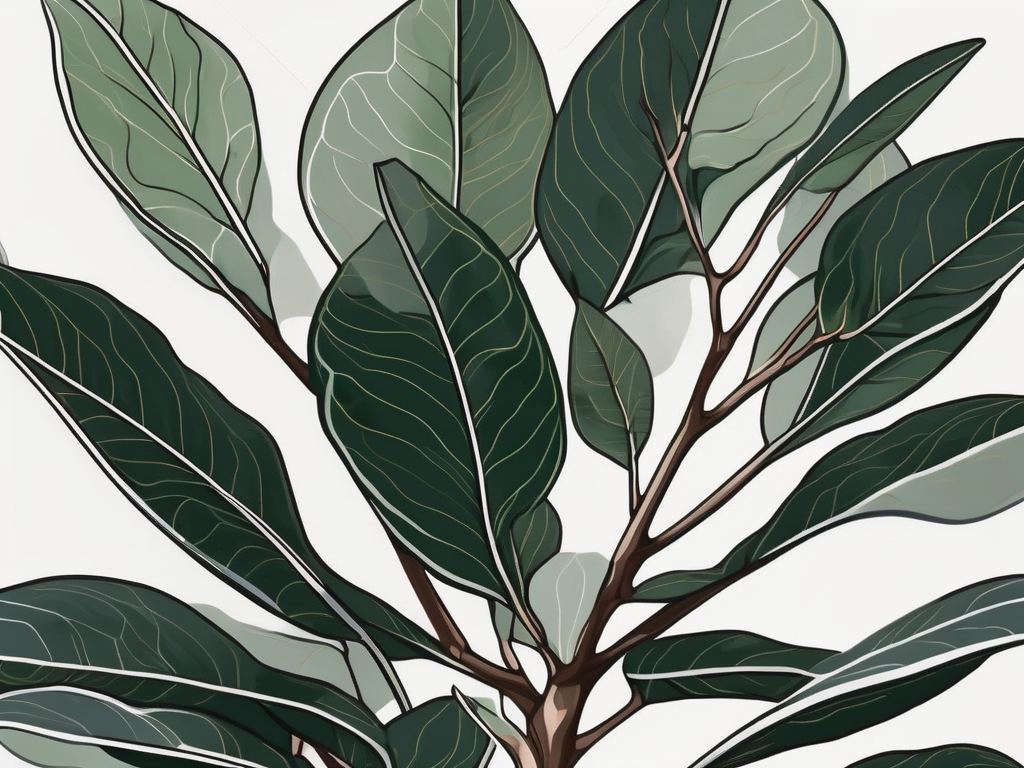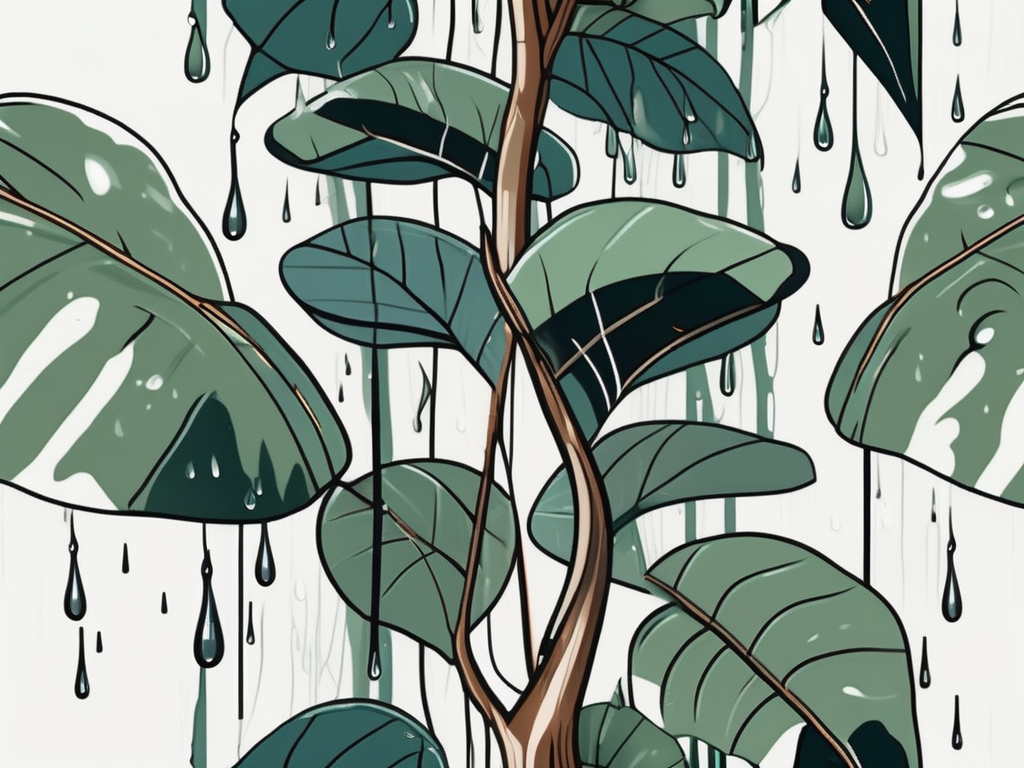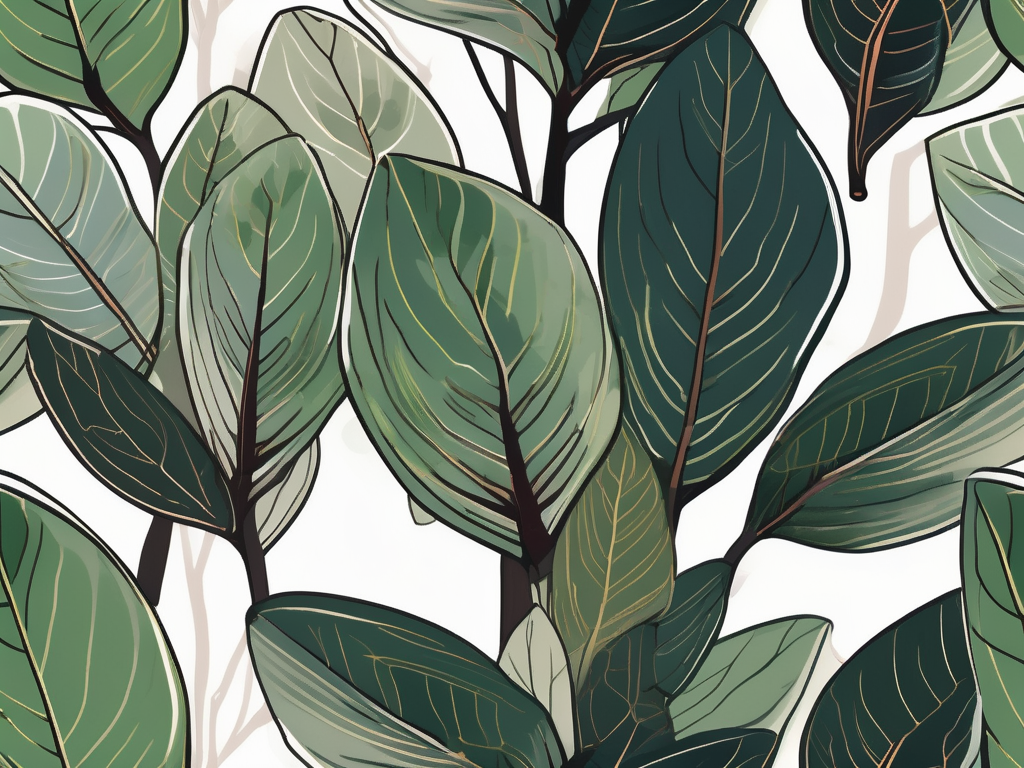
The rubber tree, or Ficus elastica, is a popular houseplant known for its glossy, broad leaves. But did you know that these leaves offer more than just aesthetic value? Let's take a closer look at the benefits of rubber tree leaves and how they can add value to your home environment.
From improving air quality to serving as a focal point in your interior design, rubber tree leaves have a lot to offer. In this article, we'll explore their benefits, care tips, and how you can incorporate them into your living space. Grab a cup of tea, get comfy, and let's get started!
Air Purification: Breathing Easy with Rubber Tree Leaves
One of the most celebrated benefits of rubber tree leaves is their ability to purify the air. In today's world, where air quality can be a concern, having plants that naturally filter toxins is a huge plus. Rubber trees are known for their ability to remove common indoor pollutants like formaldehyde, making your living space healthier.
This is how it works: the leaves absorb pollutants through tiny pores, a process known as phytoremediation. The plant then converts these toxins into harmless substances, effectively acting as a natural air filter. So, if you want to breathe easier at home, consider adding a rubber tree to your plant family.
Besides formaldehyde, rubber tree leaves can also help reduce levels of carbon dioxide and increase humidity, which is especially beneficial during dry winter months. It’s like having a mini rainforest in your living room!
Low Maintenance: Perfect for Busy Lifestyles
Rubber trees are surprisingly low maintenance, which is great news for plant lovers who lead busy lives. They thrive in a variety of conditions, making them a versatile choice for almost any home.
Here are some tips to keep your rubber tree happy:
- Lighting: While they prefer bright, indirect light, rubber trees can tolerate lower light levels. Just avoid direct sunlight, which can scorch the leaves.
- Watering: Rubber trees like their soil to dry out between waterings. Overwatering is a common mistake, so it's better to err on the side of caution.
- Temperature: They prefer temperatures between 60-75°F (15-24°C). Keep them away from drafts or sudden temperature changes.
With these simple care tips, your rubber tree can thrive without requiring constant attention, making them perfect for busy plant parents.
Visual Appeal: Adding a Touch of Greenery to Your Space
Rubber tree leaves are not just beneficial for your health; they're also a fantastic way to add some greenery to your home. Their deep green color and glossy texture can complement any interior design style, from modern and minimalist to boho chic.
Whether you're placing a rubber tree in your living room, office, or bedroom, they can serve as a striking focal point or a subtle backdrop, depending on your preference. Their adaptable nature means they can fit in with various decor themes, enhancing the aesthetic of your space effortlessly.
For those who struggle with keeping plants alive, rubber trees offer a forgiving option that rewards you with stunning visual appeal. It’s a win-win situation!
Improving Mental Health: The Therapeutic Benefits of Greenery
Being around plants, including rubber trees, can have a positive impact on your mental health. Studies suggest that indoor plants can help reduce stress, boost mood, and increase productivity. The act of caring for plants, such as watering and pruning, can be a form of mindfulness that promotes relaxation.
Rubber tree leaves, with their calming green hues and soothing presence, can create a peaceful atmosphere in your home. Whether you're working from home or simply unwinding after a long day, having a rubber tree nearby can contribute to a more serene environment.
So next time you're feeling overwhelmed, try spending a few moments with your rubber tree. You might find it helps you feel more centered and at ease.
Cost-Effective Decor: A Budget-Friendly Design Element
Decorating your home can be expensive, but rubber trees offer a budget-friendly way to spruce up your space. Compared to other decor elements, they're relatively inexpensive and provide long-lasting beauty.
Plus, rubber trees grow relatively quickly, meaning you get more plant for your buck over time. As they grow, you can even propagate them to create more plants, further stretching your decor budget.
By adding a rubber tree to your home, you're making a one-time purchase that can provide years of enjoyment and visual interest. It's an investment in both your home and your well-being.
Natural Humidifier: Combatting Dry Air
Rubber trees can also help combat dry air in your home, especially during the winter months when indoor heating can lower humidity levels. The leaves release moisture into the air through a process called transpiration, naturally increasing humidity around them.
This added humidity can benefit both your health and your home. It can help alleviate dry skin, reduce the occurrence of respiratory issues, and prevent wood furniture from drying and cracking.
By simply having a rubber tree in your space, you can enjoy a more comfortable and healthier indoor environment. It's a natural solution to a common household problem.
Easy Propagation: Growing Your Plant Collection
If you love the idea of multiplying your plants, rubber trees offer an easy way to do so through propagation. It's a fun and rewarding process that allows you to create new plants from an existing one, perfect for sharing with friends or expanding your collection.
Here's how to propagate your rubber tree:
- Choose a Healthy Stem: Select a stem with a few leaves and use clean, sharp scissors to make a cut just below a leaf node.
- Prepare the Cutting: Remove the lower leaves to expose the stem. Dip the cut end in rooting hormone to encourage root growth.
- Plant the Cutting: Place the cutting in a pot filled with well-draining soil. Water lightly and cover with a plastic bag to create a humid environment.
With patience and care, you'll soon have a new rubber tree to enjoy or share!
Pest Resistance: A Hardy Plant Choice
Another great benefit of rubber tree leaves is their natural resistance to pests. While no plant is entirely pest-proof, rubber trees are less likely to attract common houseplant pests like spider mites and aphids.
If you do notice any pests, a simple solution of water and mild soap can often do the trick. Gently wipe the leaves to remove any unwanted visitors and keep your plant healthy.
This resilience makes rubber trees a smart choice for plant people who want to enjoy their greenery without the hassle of constant pest management.
Final Thoughts
Rubber tree leaves offer a range of benefits, from air purification and mental health support to aesthetic appeal and low maintenance care. These versatile plants can enhance your home in more ways than one.
At Cafe Planta, we’re passionate about helping you care for your plants. Whether you're looking for unique houseplants, plant care accessories, or just some friendly advice, we're here for you. Reach out to us via email or connect with us on Instagram. Let's grow together!













